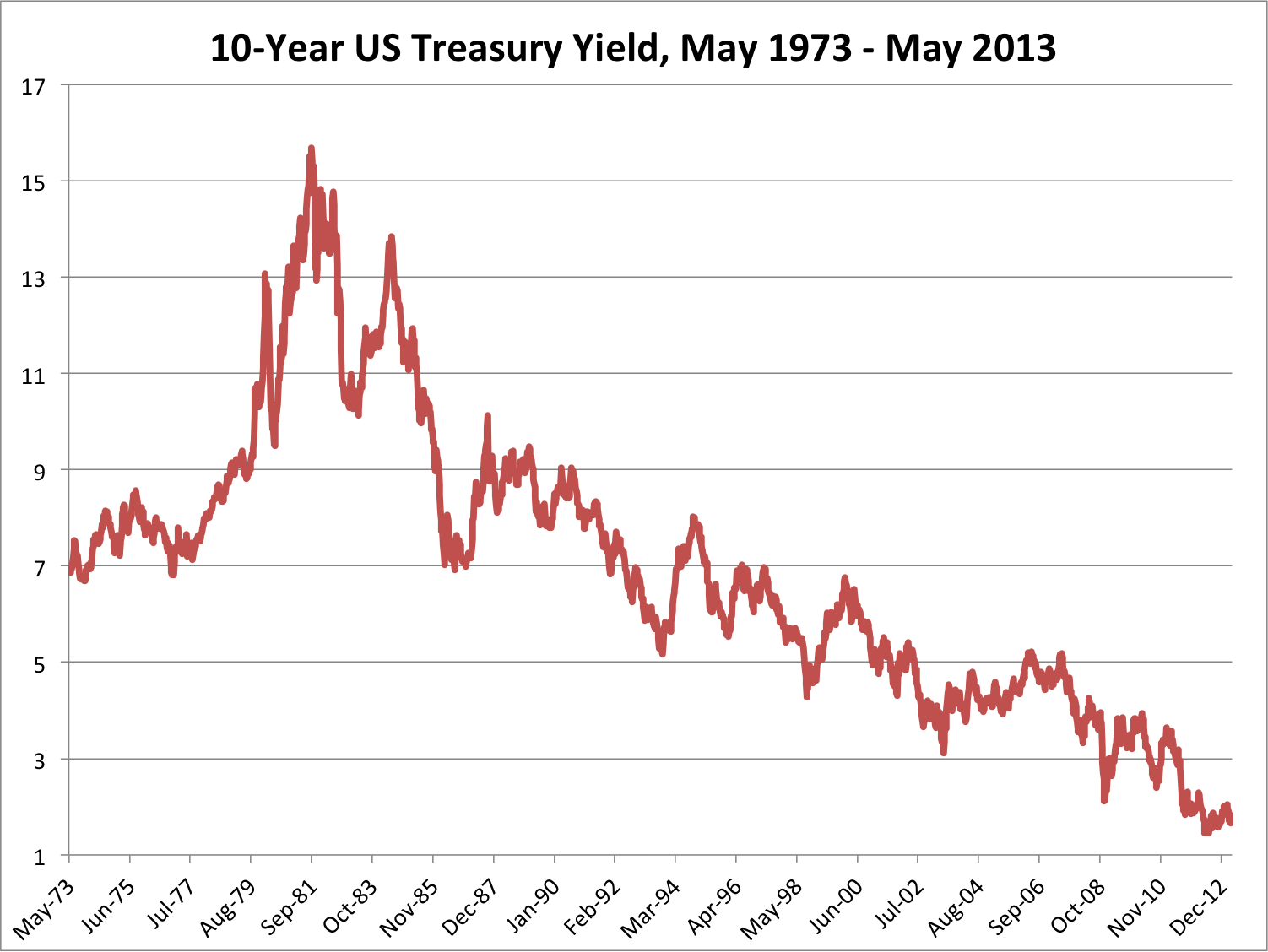European leaders will convene yet another emergency meeting in Brussels on Monday to discuss how and whether to restructure Greece’s debt. This may all sound like déjà vu all over again, but contrary to five years ago when the Greek drama started to unfold, today investors are less concerned that a default would take down the euro zone or the interconnected global economy. It could however, create a bout of panic in the markets. If officials do not come to an agreement, they will have no choice but to come up with a Plan B, which would likely include capital controls to limit withdrawals from Greek banks and prevent a classic run on the banks (see “It’s a Wonderful Life” for the best explanation of a bank run). In fact, about €5 billion of deposits reportedly left Greek banks last week alone. Instead of a well-orchestrated Grexit, there could be what the FT’s John Authers calls a “Graccident”, where a default would lead to a messy and de facto Grexit. Plan B would also likely include the European Central Bank’s extension of emergency loans to Greek financial institutions and Greece’s preparation of a new currency or IOU system.
As the tragedy that is Greece continues, investors seem more interested in the Federal Reserve. Last week, Chair Janet Yellen elegantly threaded the needle: Yes, the central bank would most likely raise short-term interest rates this year (probably two quarter of a percent increments), but the pace of increases will be gradual. Complicating matters for the central bankers was the first quarter, when the economy contracted by 0.7 percent. Sure, most of the slowdown was due to transitory factors, like weather, the West Coast port shutdown and $40 crude oil, but far be it for this Fed to err on the side of snuffing out potential growth.
The government will provide a third update to Q1 GDP this week, which may show marginal improvement, but most have already set their sights on the rest of the year, which should improve steadily. Because Q1 was such a stinker, growth for the total year is likely to be 2.5 percent, matching the pace of the past few years.
I usually quote the post World War II rate of growth, which is about 3.3 percent, as a benchmark, but according to the New York Times that longer term average may overstate the expected growth rate today. The reason is that “Over the last 40 years, the American economy has grown at an average of 2.8 percent per year,” which is considerably slower than the 3.7 percent average from 1948 to 1975. Additionally, the higher rate includes “two favorable trends that are now over: women entering the work force, and baby boomers reaching their prime earning years.”
The downshift in growth expectations might come as a surprise to newly minted presidential candidate Jeb Bush, who in a speech last week said that his goal for economic growth was 4 percent. The Financial Times called this figure “Fantasyland” and the NYT chimed in, saying Mr. Bush’s 4 percent goal has “close to 0 Percent Chance” at success.
MARKETS: While the NASDAQ and Russell 2000 indexes were making new highs last week, two other indexes weren’t so fortunate. The Dow Jones Transportation Average entered correction territory (a drop of more than 10 percent) for the first time in nearly four years and the Shanghai Composite lost 13.3 percent for the week, the worst week since the financial crisis and the second time this year it has fallen into correction territory. Additionally, last week brought the biggest outflows from bond funds in two years, triggered by the possibility of not one, but two, interest rate hikes later this year. These events were just more fodder for those worried investors who are convinced that the next leg for the broad U.S. market is down.
- DJIA: 18,015, up 0.7% on week, up 1.1% YTD
- S&P 500: 2110, up 0.8% on week, up 2.5% YTD
- NASDAQ: 5,117 up 1.3% on week, up 8% YTD
- Russell 2000: 1284, up 1.6% on week, up 6.6% YTD
- 10-Year Treasury yield: 2.27% (from 2.39% a week ago)
- August Crude: $59.61, down 0.6% on week
- August Gold: $1201.90, up 1.9% on week
- AAA Nat'l avg. for gallon of reg. gas: $2.80 (from $2.80 wk ago, $3.68 a year ago)
THE WEEK AHEAD:
Mon 6/22:
8:30 Chicago Fed
10:00 Existing Home Sales
Tues 6/23:
8:30 Durable Goods Orders
9:00 FHFA Home Price Index
10:00 New Home Sales
Weds 6/24:
8:30 Q1 GDP – final reading (prev = -0.7%)
Thurs 6/25:
8:30 Personal Income & Spending
Fri 6/26:
10:00 Consumer Sentiment
![Jill on Money [ Archive]](http://images.squarespace-cdn.com/content/v1/59efbd48d7bdce7ee2a7d0c4/1510342916024-TI455WZNZ88VUH2XYCA6/JOM+Blue+and+White.png?format=1500w)






